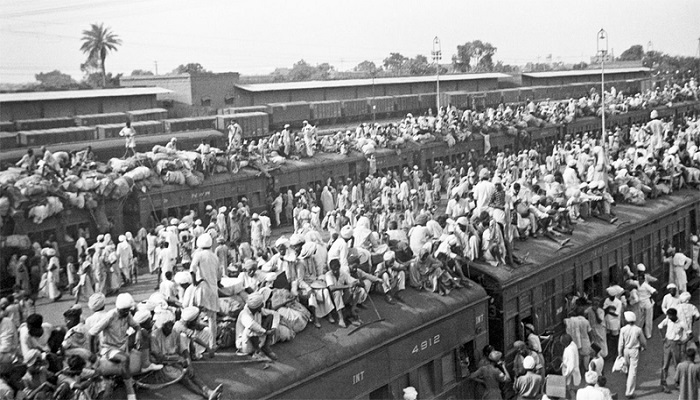
India attained Independence on August 15th 1947, after a great political and social struggle. The British had ruled over India for a considerable period of time. Their initial intentions were to carry out trade in India, but in due course of time they developed political and administrative ambitions.
The Evolution of the Indian Independence Movement
The British East India Company had gained much control over the internal affairs of India. The spirit of nationalism in India gained ground in the middle of the 19th century. It was strengthened by the formation of the Indian National Congress in 1885. The authoritative and indifferent attitude of the British towards the Indian sentiments led to the national movement gaining momentum.
National leaders, like Mahatma Gandhi, Pandit Jawaharlal Nehru, Vallabhai Patel and many others fought for political and administrative rights of the people. The British were ruthless in their dealings with those who fought for the rights of the Indians. The divide and rule policy of the British led to the division between the Hindus and the Muslims and the formation of the Muslim League.
Extremists views among the Indian National Congress Members
During the early 20th century, the spirit of nationalism received an impetus by growing extreme views among some of the Indian National Congress members. They did not favor the moderate stance taken by some of national leaders, and criticized the British for their overbearing and autocratic attitude towards the Indians.
The Role of Mahatma Gandhi
By 1920s the national movement had become very aggressive. Mahatma Gandhi began several movements against the British. The Non-cooperation Movement (1920-1922 A.D.). This was followed by the Civil Disobedience Movement. The movement for independence continued through the 1930s, but it gained much ground during the Second World War.
The Indian National Congress cooperated with the British in war efforts. It was hoped that the British would leave India after the Second World War. But the British did not relent. Then Mahatma Gandhi began the “Quit India Movement” in 1942. The British eventually realized that they had to leave India for good.
The Rise of the Muslim League
The Muslim League sought a separate nation for them, Pakistan. The League was concerned that independent India would have Hindus at the helm of affairs. Although, it was planned that power would be divided between the Hindus and Muslims as proposed by the Cabinet Mission proposal. Yet, senior leader of the Muslim League Mohammad Ali Jinnah did not agree to it. The League favored direct action, which led to Hindu-Muslim riots.
In March 1947, Lord Mountbatten had come to India and favored partition of Punjab and Bengal despite the civil war. Gandhi did not favor partition and suggested that Jinnah should become the leader of the united India. But many nationalist leaders did not favor this. Eventually, the British Parliament passed the Indian Independence Act, which led to the formation of India and Pakistan.
India is a now a sovereign republic and is a force to reckon with in world politics. It is the largest democracy in the world. It has retained its secular identity despite communal flare-ups.

Post Your Comments